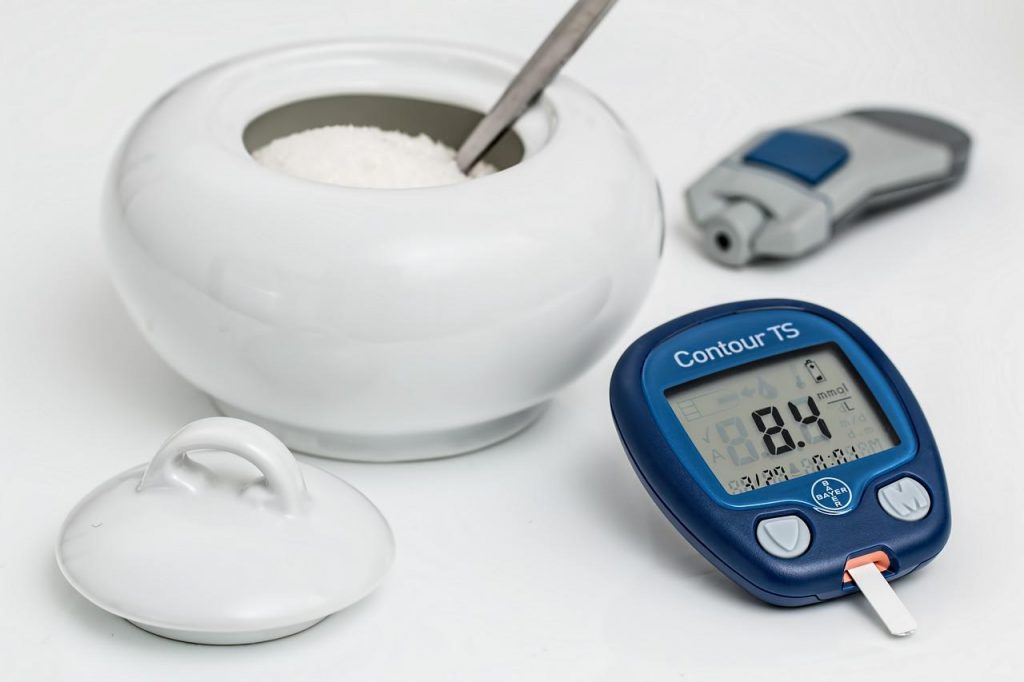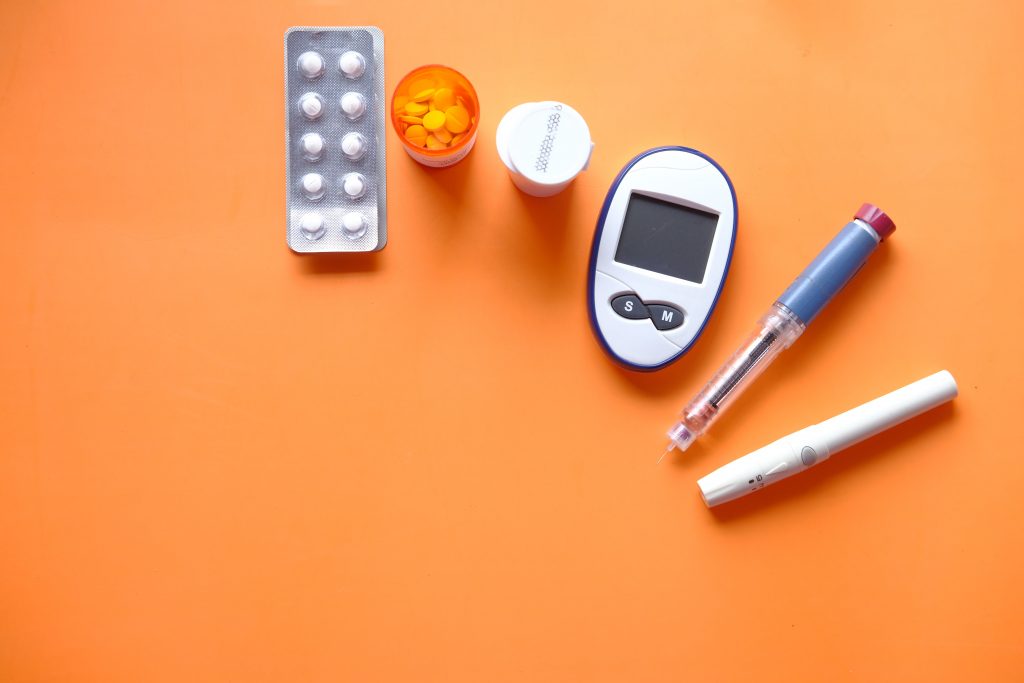
Diabetic ketoacidosis (DKA) is a life-threatening complication of diabetes mellitus. It represents a significant crisis in Nepal particularly in an emergency hospital setup. It is characterised by remarkably high blood sugar (hyperglycaemia), the presence of ketones in the blood and urine, and metabolic acidosis, which is one of the factors of morbidity and mortality in Nepal.
The management of DKA although improved globally, Nepal battles unique challenges. Limited healthcare access, insufficient diabetes education, and socioeconomic barriers intensify its impact, highlighting a need for urgent and tailored solutions.
Alarming numbers, critical need
The International Diabetes Federation (IDF) warns that up to one-third of people with type 1 diabetes will experience DKA in their lives. A 2018 study in Nepal published in the Journal of Diabetes and Metabolic Disorders found the prevalence of DKA to be 23 per cent among newly diagnosed diabetes cases.
A 2020 research published in the Journal of Health shows that the mortality rate for DKA ranges from six to 24 per cent in developing countries and two to five per cent in developed countries. There is a need for immediate interventions for its management such as early diabetes screening, robust management programs, and emergency DKA treatment protocols in Nepal.
The devastating cycle of DKA
DKA primarily affects people with diabetes and arises from severe insulin deficiency. Glucose is used as a major source of energy by our body in the presence of insulin. Without it, the body resorts to breaking down fat, creating a harmful excess of ketones.
These ketones make the blood acidic, leading to chemical imbalances, dehydration, and the core symptoms of DKA. If untreated, DKA can rapidly progress to coma, neurological damage, or even death. Here is a list of things that can trigger a DKA episode:
- Missed Insulin: Non-adherence to insulin therapy is a major issue in Nepal. Cost, limited understanding of diabetes, and lack of refrigeration for insulin storage create barriers.
- Infections: Common infections like pneumonia or urinary tract infections worsen blood sugar control, raising DKA risk. Access to timely antibiotic treatment is not always guaranteed.
- Severe Illness: Conditions like heart attacks or strokes put a strain on the body and worsen diabetes regulation. Nepal’s healthcare system might be overwhelmed during major health events.
- Dehydration: Inadequate fluid intake, worsened by heat and limited access to clean water, is a risk factor.
- Other: Pregnancy complications, substance abuse (particularly cocaine or alcohol), and infrequent blood sugar monitoring can also lead to DKA.
Prevention is possible, but difficult in Nepal

There are ways to prevent DKA risk. However, it is a challenge in Nepal. Moreover here is a list of things that can prevent DKA risk:
- Blood Sugar Checks: Regular monitoring is vital, but testing supplies can be expensive. Innovative low-cost solutions are needed.
- Managing Illness: Diabetes education often falls short, leaving patients unable to adjust insulin during sickness.
- Hydration: Access to clean water is a barrier in some regions.
- Healthy Habits: Traditional diets can be high in carbohydrates, and fresh produce is scarce in rural areas, making healthy eating difficult.
- Education: Patients and healthcare providers often lack in-depth DKA knowledge. Recognizing early signs is vital.
Treating DKA: A Race Against Time and Limitations
DKA requires immediate hospitalisation, but many in Nepal face delays or cannot reach care facilities in time:
- Fluids: Intravenous rehydration is urgent, but hospitals may lack resources or be overcrowded.
- Insulin Therapy: Insulin costs and the need for refrigeration pose major challenges for long-term treatment and emergency use.
- Fixing Imbalances: Electrolyte monitoring and correction requires lab tests, not always available even in hospitals.
- Root Cause: Treating infections or underlying triggers of DKA is hampered by limited access to antibiotics or specialists.
- Close Monitoring: Vital signs and blood chemistry checks demand resources hospitals might struggle to provide consistently.
The way forward: A call for change
Controlling DKA in Nepal demands long-term solutions addressing the root causes:
- Subsidised diabetes care: Affordable insulin, accessible testing, and ongoing management support are crucial.
- Awareness campaigns: Targeted at both the public and healthcare providers, focusing on DKA risks and early symptoms.
- Healthcare investment: Strengthening infrastructure, particularly in rural areas, to handle DKA emergencies.
- Innovative solutions: Utilising technology and telemedicine where possible to overcome access barriers.

























